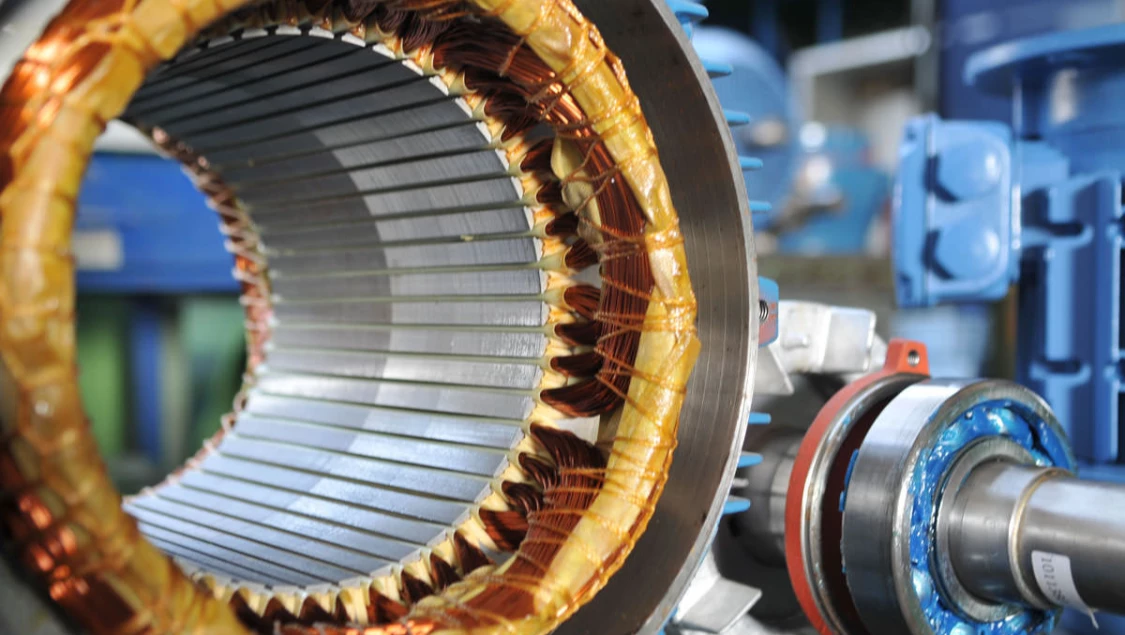 Asynchronous elevator engines, also known as gearless or machine-room-less (MRL) elevators, have become increasingly popular in recent years due to their numerous advantages over traditional elevator systems.
Asynchronous elevator engines, also known as gearless or machine-room-less (MRL) elevators, have become increasingly popular in recent years due to their numerous advantages over traditional elevator systems.In a traditional elevator system, a motor with a gearbox is used to drive a pulley system that lifts the elevator car. The motor operates at a constant speed and must be frequently serviced and maintained to ensure proper operation. Additionally, the gearbox adds weight and complexity to the system, requiring a dedicated machine room to house the equipment.
In contrast, an asynchronous elevator engine utilizes a compact, gearless motor that directly drives the elevator pulley system. The motor operates at a variable speed, allowing it to conserve energy when the elevator is traveling at lower speeds or when it is empty. This means that asynchronous elevator engines are generally more energy-efficient than traditional elevator systems.
Because they do not require a gearbox, asynchronous elevator engines are also much lighter and more compact than traditional elevator motors. This allows them to be installed directly in the elevator shaft, eliminating the need for a separate machine room. This not only saves space, but also simplifies the installation process and reduces the cost of the elevator system overall.
Another advantage of asynchronous elevator engines is their reliability. Because they have fewer moving parts than traditional elevator systems, they require less maintenance and are less prone to breakdowns. Additionally, the variable speed operation of the motor allows for smoother, quieter operation, reducing wear and tear on the elevator components over time.
In terms of safety, asynchronous elevator engines are also an improvement over traditional elevator systems. They typically incorporate advanced safety features, such as multiple redundant braking systems and backup power supplies, to ensure that the elevator can safely and quickly come to a stop in the event of an emergency.
Asynchronous elevator engines are not without their drawbacks, however. They can be more expensive than traditional elevator systems, particularly in buildings with a large number of floors. Additionally, because they are relatively new technology, some building codes and regulations may not yet fully address their specific design and safety features.
Despite these limitations, asynchronous elevator engines offer numerous advantages over traditional elevator systems, including improved energy efficiency, reliability, and safety. As technology continues to advance and building codes evolve to accommodate this new technology, we can expect to see even more widespread adoption of asynchronous elevator engines in the years to come.

